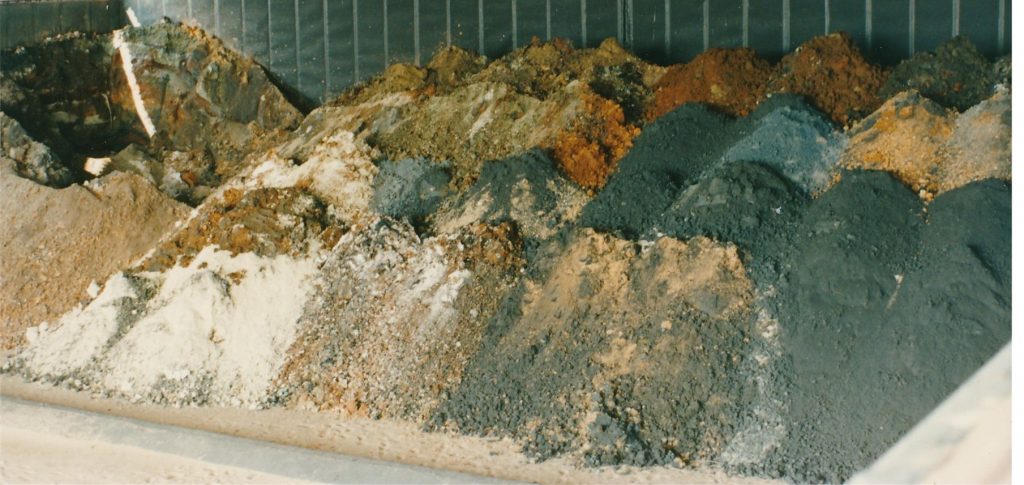Leaching is the process by which inorganic -, organic contaminants or radionuclides are released from the solid phase into the waterphase under the influence of mineral dissolution, desorption, complexation processes as affected by pH, redox, dissolved organic matter and (micro)biological activity. The process itself is universal, as any material exposed to contact with water will leach components from its surface or its interior depending on the porosity of the material considered. It is the proportion to which each of these processes contributes to the release behaviour of individual substances, where not all substances are affected by each of these factors and some factors have a bigger effect on specific substances than others.
In CEN (European standardisation organisation), ISO (International Standardisation Organisation) and in US EPA (Environmental Protection Organisation) characterisation leaching test have been developed in response to a need for more understanding of release controlling factors, where the single step procedures fell short in preventing mismanagement in waste disposal. In US EPA the Leaching Environmental Assessment Framework (LEAF) has been set up in which guidance is provided on the use of the different characterisation leaching tests for specific questions.
More information about leaching tests:
Leaching tests
Terminology, acronyms and abbreviations
Leaching vs. content
Relation between leaching tests
Test vs. material use
Analysis
Comparison with regulation
Performance characteristics
Guidance on test use


